Montana is a western state known for its diverse terrain that ranges from the Rocky Mountains to the Great Plains. It has many wide-open spaces, including Glacier National Park and lots of wilderness preserve that go all the way up into Canada. The state tree is the Ponderosa Pine and the state flower is Bitterroot.
Montana has cold and harsh winters that might not make you think of gardening, but with native plants, you can create a beautiful landscape that will thrive all year long. This Montana native plants list will help you choose some great plants for your native landscape.
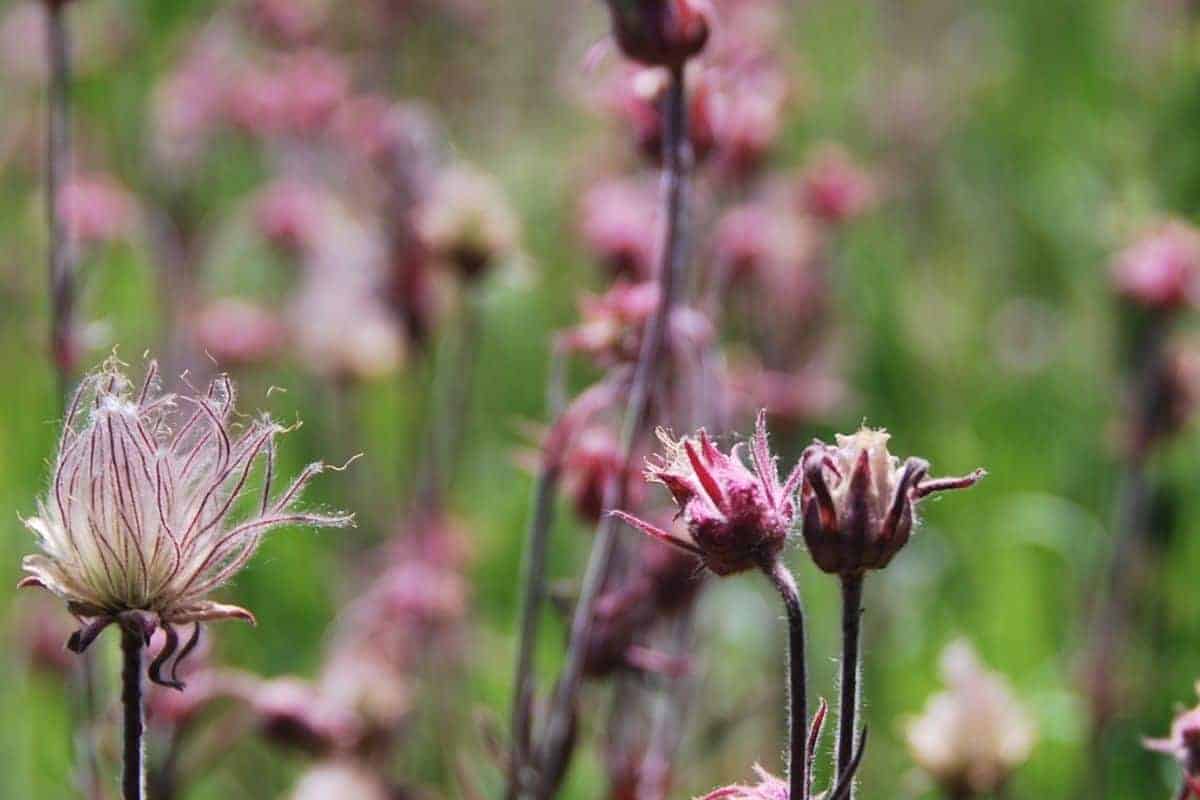
Montana climate
Montana has an interesting climate that is not consistently hot or cold. It has a low humidity which means whatever the temp, it’s not usually oppressive. Average daytime temps can range from the 20s in January to the 80s in July. The east side of the state will usually have less humidity and more sunny days.
Summers in Montana are short and warm, and the weather is typically clear. The winters are very cold, often freezing, and partly cloudy. The state stays pretty dry all year round. Bad winters will have very low temps and deep snow that stays for a long time.
This cold climate may have you wondering what types of plants can survive here. There are lots of invasive plants in Montana, but luckily, there are also many native plants that have adapted to the conditions in Montana and will make great choices for a native landscape. We’re going to look at some of them now.
Montana native plants list
Here are some plants native to Montana:
1. Pearly everlasting (Anaphalis margaritacea)
Pearly everlasting is an upright perennial with round, papery, white flowers in the fall. It has wooly and silver foliage and also makes a great dried flower. It grows from 8-36 inches in height.
The stems and leaves of the pearly everlasting are covered with white hairs. The flowers cluster at the top of the stems.
2. Nodding onion (Allium cernuum)
This perennial has white to pink flower heads in the summer and is low growing and tolerant of moist and dry conditions. It grows about 12 inches tall.
This wildflower is unique because of the orientation of its flowers. The umbels face down, which makes it look like it is nodding toward the ground.
3. Rocky Mountain columbine (Aquilegia caerulea)
This perennial thrives in cool, moist locations. It grows about 30 inches tall and has blue spurred blossoms with white corollas. It is beautiful to look at and it attracts hummingbirds, butterflies, and hawkmoths for pollination.
4. Harebells (Campanula rotundifolia)
This perennial has lovely delicate purple blooms in the spring. It grows about 12 inches tall, and it is tolerant of shade and sun. It needs mostly moist soils.
It is a delicate plant with small flowers that come off the tips of the slender stems. It will bloom in spurts from summer to fall. It also likes rocky soils and crevices. Sometimes it is also called witch’s bells or lady’s thimble.
5. Mountainspray clematis (Clematis hirsutissima)
Mountainspray clematis has distinctive bell-shaped purple flowers that look great in any landscape. They grow up to 2 feet tall, and have erect stems and fuzzy seed heads, with hairy foliage.
This plant is in the buttercup family and is sometimes called hairy clematis. It’s a small, erect plant and does not produce vines like most clematis.
6. Purple prairie clover (Dalea purpurea)
Purple prairie clover grows 2-3 feet high and produces purple ball-shaped flowers with elongated centers at the ends of upright stems. It has delicate foliage and is easily grown in almost any sunny location with average to dry soil. It has a deep taproot that helps it live longer. It’s a great host plant for birds and pollinators.
7. Blanket flower (Gaillardia aristate)
These are bright, daisy-like flowers that are typically yellow with red centers. It grows about 2-3 feet tall and will attract bees and butterflies. It does well in dry, sunny spots.
The blanket flower forms clumps and grows upright with spreading stems.
8. Prairie smoke geum (Geum triflorum)
This stunning plant produces soft-textured red flowers and feathery, pink seed heads that blow in the wind. It grows up to 24 inches in height and the deeply-lobed foliage will turn red in fall. This works great as a groundcover.
9. Maximillian sunflower (Helianthus maximiliani)
This tall Montana native is a perennial with abundant yellow flowers in the summertime. It grows from 5-7 feet tall and makes a beautiful statement in any landscape. It’s drought-tolerant and deer resistant and it makes a great pollinator for the local bees.
10. Sundancer daisy (Hymenoxys acaulis)
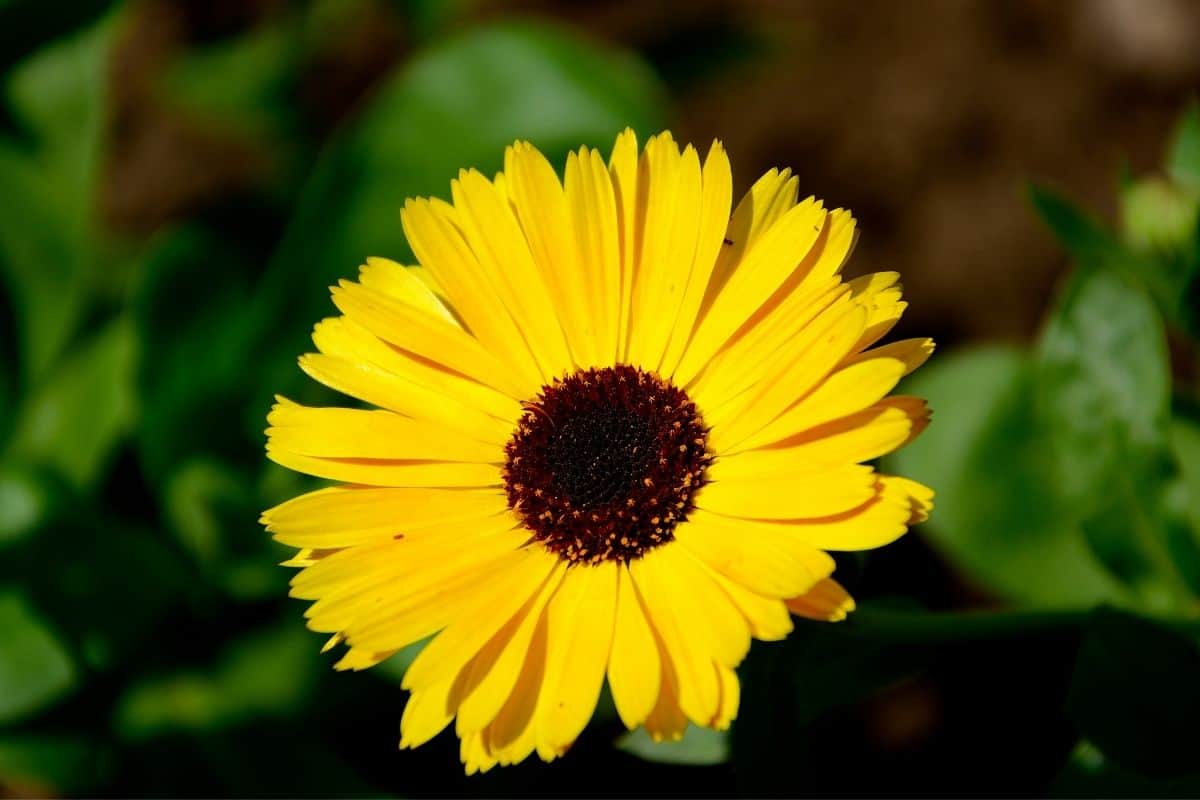
This is a great choice because it is a very hardy, drought-tolerant perennial. It thrives in poor, well-drained soils. It is compact in size with golden yellow flowers that appear almost suspended in mid-air, which is where it gets its name. It’s a great choice for rock gardens. It doesn’t like overwater or heavy soils.
11. Bitterroot (Lewisia rediviva)
As the state flower of Montana, we have to include it on the list. This native has narrow succulent leaves that appear with fall rains. It will resume growing in spring and disappears when the flowers are in full bloom.
It does well in well-drained, gravelly soils, and the pink to nearly white flowers are about two inches wide. It blooms in May through June and likes part shade.
12. Silky lupine (Lupinus sericeus)
Silky lupine grows to about 1-2 feet high and has soft blue blossoms and hairy, silky foliage. This plant is part of the pea family, and the blue and purple blooms happen from June to August. It requires little water so can tolerate moist to dry soils and drought conditions. It attracts birds and hummingbirds and provides value to native bees.
13. Pink monkeyflower (Mimulus lewisii)
This flower gets its common name because the blooms resemble monkey faces. The colors can range from magenta to a lighter pink, and they look a bit like snapdragons but are more open. They grow from 1-3 feet tall and are beneficial to native insects.
14. Littleflower penstemon (Penstemon procerus)
This perennial blooms many small blue-to-purple flowers on short stalks. It grows 10-18 inches tall, on average. This native is found in western North American from Alaska to California and Colorado. It likes moist soil. It will attract lots of hummingbirds to the landscape.
15. Pasque flower (Pulsatilla patens)
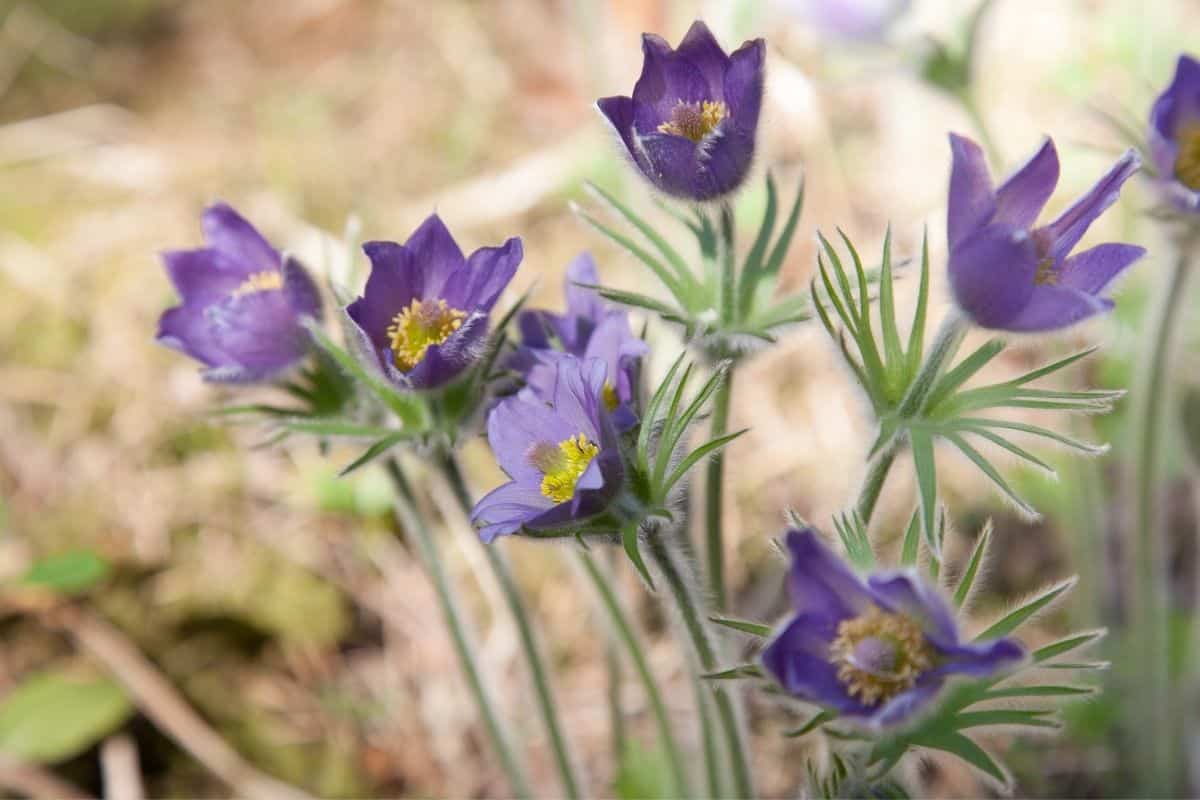
This one grows to about 6-12 inches tall and has delicate, cup-shaped purple flowers with a yellow center. It’s an early spring wildflower that typically blooms from March to April. It likes full sun and dry to medium moisture in the soil. The flowers are showy and it is low maintenance.
16. Hookers Townsend daisy (Townsendia hookeri)
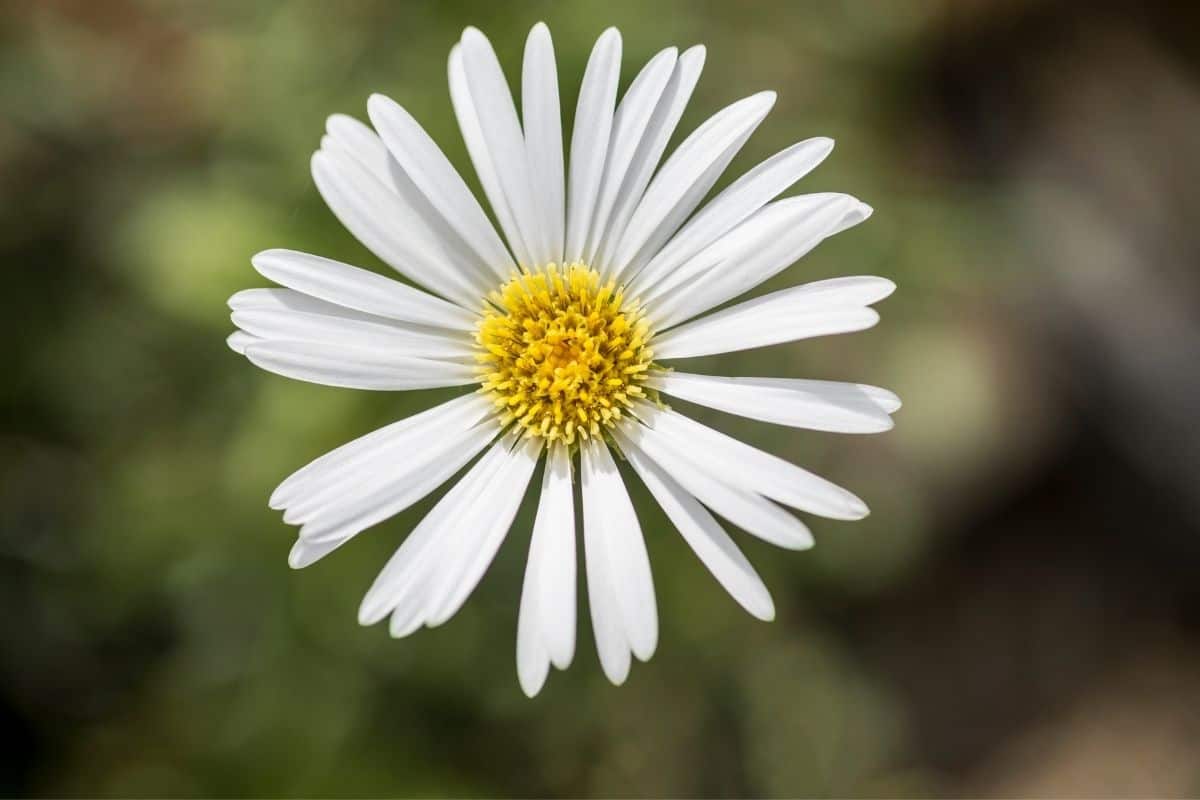
This one grows 1-3 inches tall and makes a great groundcover. It’s matt-forming and drought-tolerant, with purple to white flowers that have prominent yellow centers. It blooms in the early spring.
These are just a few samplings of the many native flowering plants in Montana for you to consider. There are also many native trees, shrubs, and non-flowering plants that you might want for your landscape. Now that you know about these native plant options, let’s get to some common questions.
Montana native plants list FAQ
Here are some commonly asked questions:
What type of plants does Montana have?
Montana has many different trees, shrubs, wildflowers, and more. You can learn more about the specific plants that grow in Montana from the Montana Native Plant Society. The Montana Native Plant Society (MNPS) is a non-profit organization chartered in 1987. Membership is open to individuals and families within and outside of Montana. They have many great resources to help you learn more about native plant life and flora in the state.
Is lavender native to Montana?
Lavender is not known to be native to Montana and it hasn’t been associated with the state in the past. However, lavender farms have started popping up across the state lately and the short growing season tends to work in the favor of lavender plants.
Are lilacs native to Montana?
Lilacs are not actually native to Montana, but they do go way back in the state’s history. Some of the earliest homesteaders brought lilacs to the state and they were one of few exotic flowering plants to take to the Great Plains climate. As a result, the hardy shrubs have hung in there and can often be found in abandoned homesteads and prairie fields.
Where can I buy native plants locally?
One of the best places to find native plants locally is from a local nursery that specializes in natives. If you’re not sure where one is near you, you can check the Montana Native Plant Society for resources. They also have a resource section on native plant landscaping.
What are the best flowering shrubs in Montana?
If you’re looking for native flowering shrubs, some to consider are Siberian pea shrub, cinquefoils, shadbush, big sagebrush, bitter-berry, or Chrysothamnus.
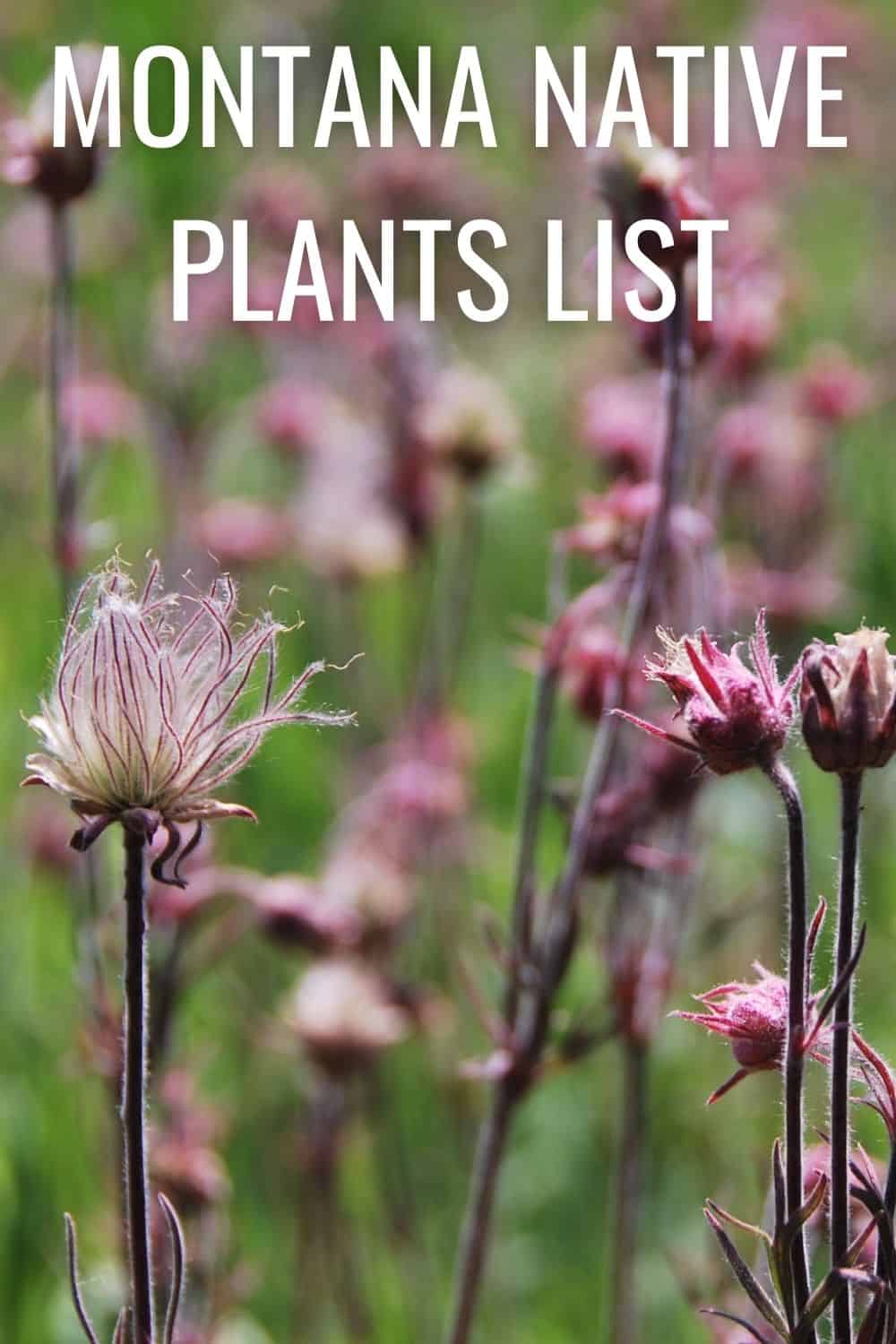

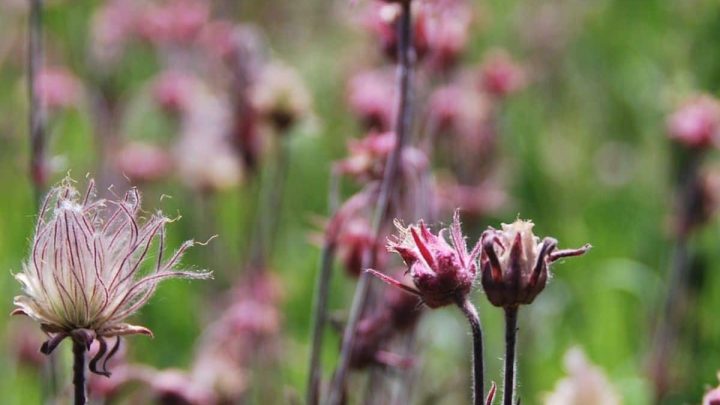





![Clover [Prairie Dalea Purpurea Purple, 500 Seeds] Clover [Prairie Dalea Purpurea Purple, 500 Seeds]](https://m.media-amazon.com/images/I/513yPElZW2L._SL500_.jpg)








14 Common Invasive Plants In Montana (And 28 Native Plants To Grow Instead)
Wednesday 12th of July 2023
[…] If you find any of the following invasive species growing on your property, contact your local Extension office for instructions on proper removal. And once you remove them, replace them with some of these beautiful Montana natives. […]